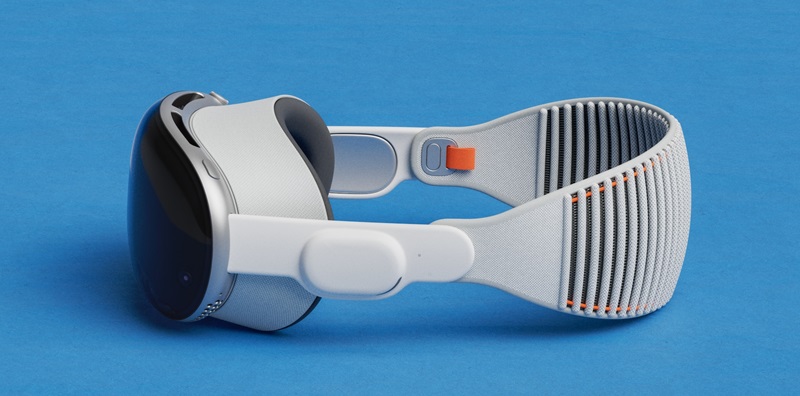Apple enthusiasts and tech aficionados have eagerly awaited the release of Apple’s Vision Pro headset. Initially slated for an early 2024 launch, recent reports from the Chinese investor news service suggest that Apple has moved up the release date to the last week of January. This news has sparked excitement and speculation among consumers about the highly anticipated virtual reality (VR) headset. In this article, we will delve into the details surrounding the updated release date, challenges faced with iOS 17, Apple’s launch patterns, and earlier speculations about the timing of the Vision Pro headset’s release.
News of the Updated Release Date
According to the Chinese investor news service, Apple is preparing to launch the Vision Pro headset in the last week of January. This update deviates from the initial plan of an early 2024 release, which comes as a pleasant surprise for Apple enthusiasts. The company has been collaborating closely with developers to ensure a seamless launch by working on visionOS, the proprietary operating system for the headset. By engaging developers in the process, Apple aims to deliver an immersive and user-friendly experience when the Vision Pro headset finally hits the market.
Challenges with iOS 17
While the focus remains on the imminent release of the Vision Pro headset, Apple has also been grappling with issues related to its latest operating system, iOS 17. Recent reports have highlighted various bugs and glitches with the software, necessitating extensive collaboration with developers to provide timely software updates and fixes. These efforts reflect Apple’s commitment to delivering a polished experience not only with the Vision Pro headset but across its entire ecosystem.
Confirmation of Release Date
A report from Wall Street News corroborates the claim made by the Chinese investor news service, stating that Apple has indeed set January 27 as the release date for the Vision Pro headset. However, it is worth noting that Apple has historically avoided weekend launches. As a result, speculation points to a possible release on Friday, January 26, in alignment with Apple’s preference for weekday launches. This strategic choice allows the company to maximize media coverage and capture the attention of the stock market, generating anticipation and driving consumer interest.
Apple’s Launch Patterns
Apple has established a pattern of hosting product launches on weekdays, leveraging media coverage and capitalizing on stock market reactions to generate buzz and consumer engagement. The decision to release the Vision Pro headset on Friday, January 26, aligns with this approach as it creates a significant impact across the tech industry.
Earlier speculations about Release Timing
Ming-Chi Kuo, a renowned industry analyst, had previously predicted that the Vision Pro headset would hit the market by the end of January or at the beginning of February. Given the latest reports from reliable sources, Kuo’s analysis seems to hold weight, suggesting that consumers might finally get their hands on the VR headset sooner than anticipated. This speculation has only heightened the excitement surrounding the upcoming release.
With Apple’s Vision Pro headset set to debut at the end of January, excitement is reaching a crescendo among tech enthusiasts. The updated release date brings forth the possibility of experiencing Apple’s cutting-edge VR technology sooner than expected. As consumers eagerly await the launch, Apple’s collaboration with developers on visionOS and its commitment to resolving issues with iOS 17 emphasize the company’s dedication to delivering an exceptional user experience. The forthcoming release of the Vision Pro headset marks another milestone in Apple’s innovation, and its impact on the VR industry is eagerly anticipated. Stay tuned for more updates on this groundbreaking headset.

